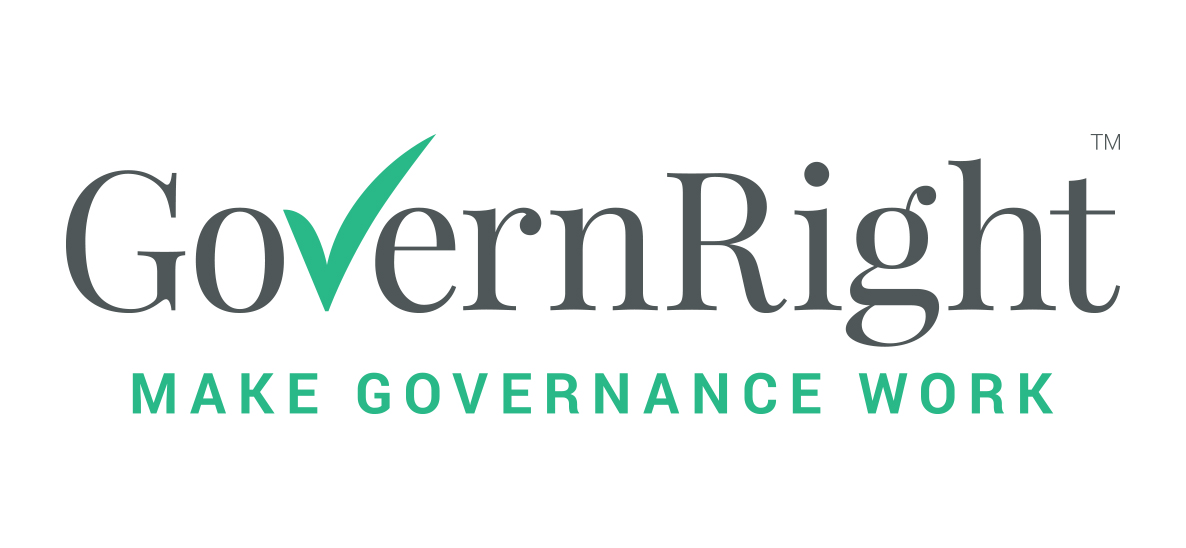Now’s a good time for a health check
If you believe the marketing, it would be fair to say that the vast majority of aged care providers are motivated to provide excellent services to people in their later years. So why do we hear stories like the one aired on 4 Corners on 26 June, 2017, where a large retirement living and aged care provider was alleged to be taking advantage of vulnerable people through unfair contracts, churn targets, lack of care, and victimisation? Or May’s story about an aged care provider in South Australia first sanctioned in 2007 and finally closed down in 2017, after an investigation revealed inappropriate care, understaffing, abuse, secrecy and inaction. You might argue the stories are very different, and reporting is sometimes biased, but can you afford to ignore them? The public won’t!
Each time such stories are told by concerned consumers and family members, whether perceived or actual wrongs, they lead to significant reputational damage, financial losses, and distress for consumers, families, staff, community groups, business owners and government alike. As the demand for aged care, the cost of aged care, and the competition amongst providers increase, we can expect to see a rise in complaints in both the traditional and social media.
The best defence is always prevention. It would be timely for aged care boards to review their governance processes and do an organisational health check. To help build and protect your reputation, consider a journey on these 7 C’s:
1. Cultivate a Culture that reflects your vision, your values, your brand, your risk appetite, your market niche
2. Ensure your Communication with stakeholders is clear, respectful and timely
3. Check that you have systems in place to support full Compliance with regulations, standards and your own promises. This must include clinical governance for aged care providers!
4. Monitor the frequency and nature of Complaints - don’t ignore the canary, but actively mine the insights that can help make your service and your organisation great
5. Continually monitor internal and external Changes and emerging risks
6. Commit resources to ensure the success of key strategies, be it staffing, refurbishment, research or training
7. Plan ahead for potential crises to ensure a swift and appropriate response
Perhaps the most important and most complex task is to create a deliberate, board-lead culture. A quick google of 14 aged care and retirement living providers uncovered several recurring themes in their core values including: personal integrity (86%); respect (86%); customer service/partnership (85%); caring/compassion (79%); excellence/quality (79%); empowerment/accountability (64%); entrepreneurship/innovation (43%). All noble aspirations, but the test is whether an observer could identify these values by the behaviours they observe. An organisational culture is created over time, not only through words but by the decisions and behaviours of directors, management and staff – the lived experience.
Under the expectations of modern governance, those in oversight have an obligation to assure themselves that organisational practice is aligned with approved policies and expectations.
A good governance framework embeds a common focus throughout the organisation. It ensures that from top to bottom everyone is contributing to the common goals, delivering against agreed strategies and key performance indicators. Boards can then focus on setting the agenda and preparing for next month and next year.
If what I’ve described above doesn’t sound like your governance frameworks, then it’s perhaps time to review what you have in the context of modern governance expectations. Feel free to contact me if you would like to know more.
There’s no substitute for good governance!
____
About the Author
HELEN WILSON GAICD
Helen holds an MBA as well as an honours degree in Speech Pathology and is a graduate of the Australian Institute of Company Directors.

